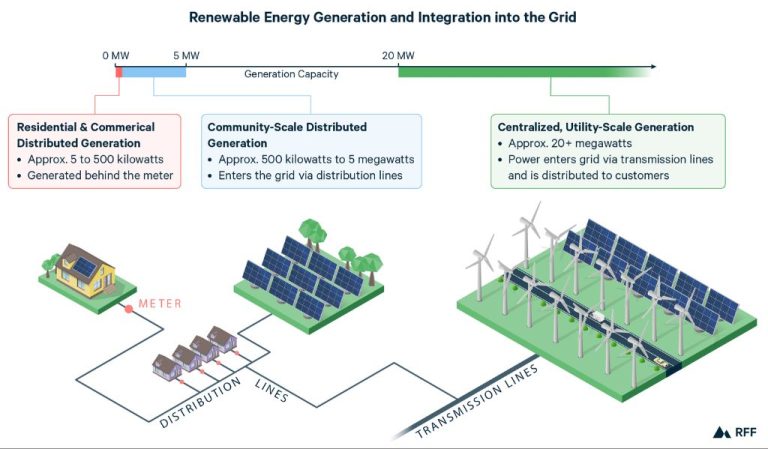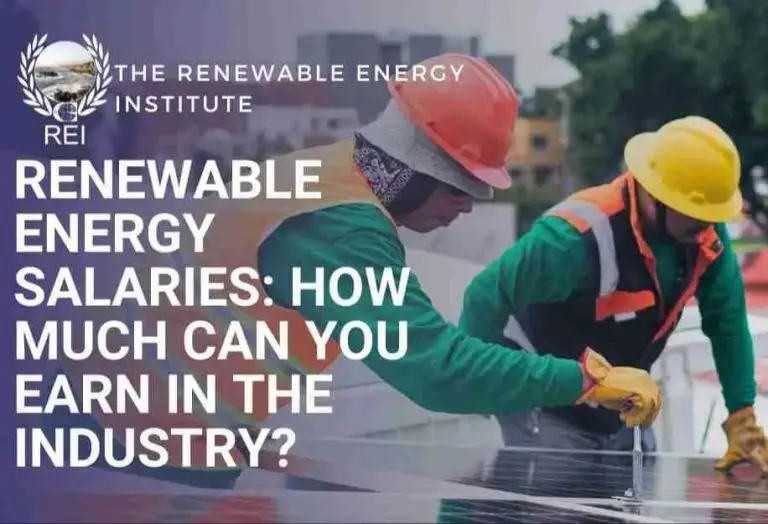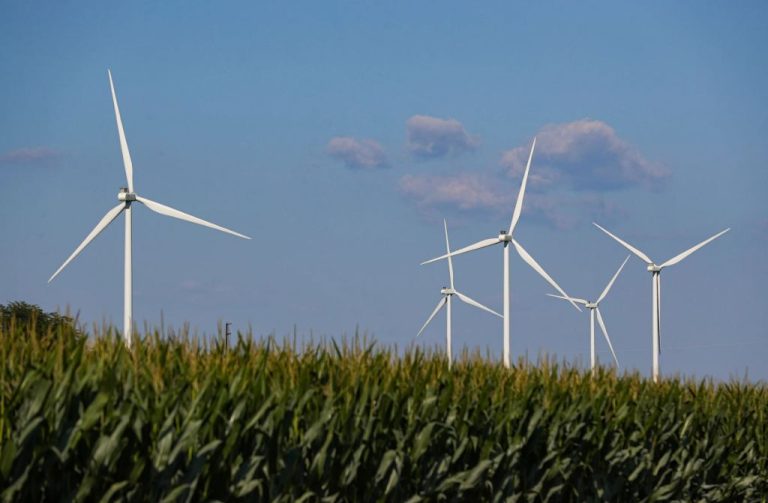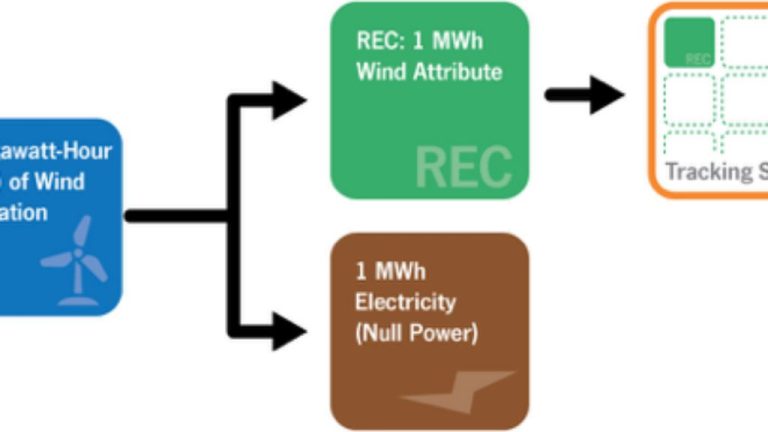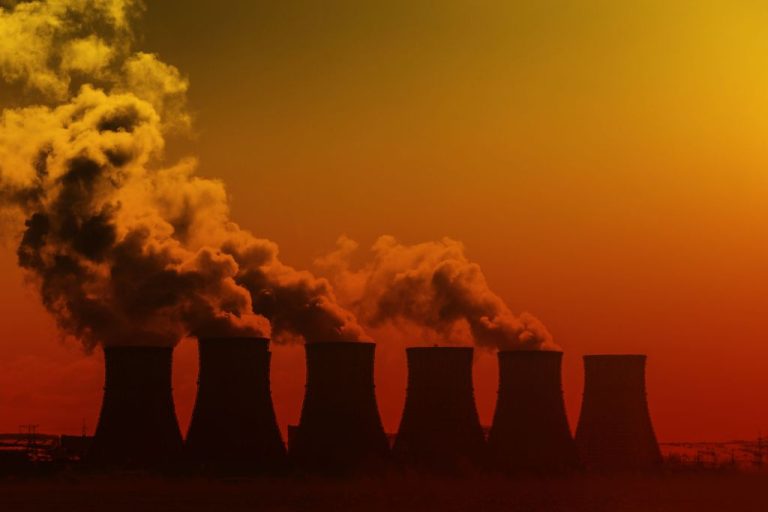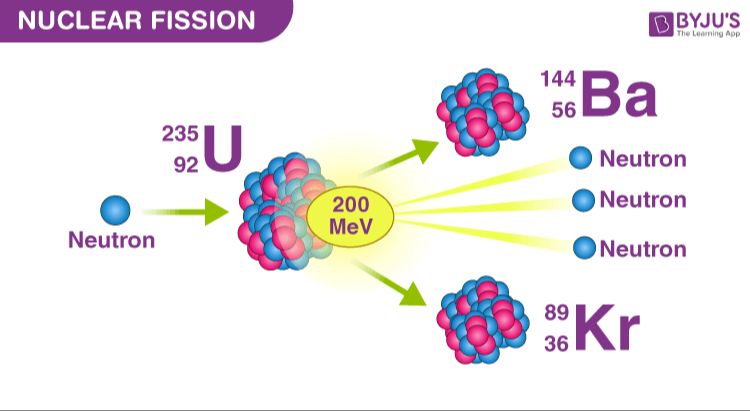What Is A Renewable Resources In Minecraft?
In Minecraft, renewable resources are items that can be easily obtained and renewed over and over again. Unlike non-renewable resources like stone and ores, renewable resources do not get used up when collected and have a nearly unlimited supply.
Some examples of renewable resources in Minecraft include wood from trees, crops that you can continually replant and harvest, mob drops that you can farm by having mobs respawn and killing them again, and natural materials like sand and gravel that generate infinitely across the world. Water and lava are also renewable since source blocks reform over time.
Having a good understanding of renewable resources allows Minecraft players to build sustainable worlds and bases that do not run out of key crafting ingredients over time. This article will provide an overview of the main renewable resources available in Minecraft.
Wood
Wood is one of the most important renewable resources in Minecraft. There are several ways to obtain wood in the game:
- Chopping down trees – All trees in Minecraft will drop the type of wood corresponding to that tree when chopped down with an axe. Trees like oak, birch, jungle, spruce, etc. will drop their respective wood blocks.
- Wandering traders – Wandering traders randomly spawn in the world and can sell saplings which can be grown into trees and chopped for wood.
- Villager trading – Some villagers like farmers and fletchers sell saplings and wood-related items that can be used to obtain wood.
There are currently 7 types of overworld wood in Minecraft – oak, spruce, birch, jungle, acacia, dark oak and mangrove [1]. Each has a unique texture and can be used to craft different wooden items.
Wood has many important uses in Minecraft:
- Fuel – All types of wood can be used as fuel for smelting and cooking in furnaces.
- Crafting – Wood is used to craft essential items like tools, weapons, boats, doors, fences, etc.
- Building – Wood blocks are commonly used in construction of buildings, bridges, etc.
- Trading – Wood blocks, logs, planks can be traded with villagers.
Crops
Crops in Minecraft offer players a renewable food source and other useful materials. Some key crops players can grow include wheat, carrots, potatoes, beetroots, melons, and pumpkins. To plant crops, players first need to till dirt or grass blocks with a hoe. Then they can plant seeds or crop starts on the tilled soil.
Wheat, carrots, potatoes, and beetroots can all be planted from seeds, which are obtained by breaking tall grass or trading with villagers. Melons and pumpkins require melon stems and pumpkin stems, obtained by finding these plants naturally generated in the world or through trading.
To harvest crops, players simply need to break the fully grown plant. Most crops will drop the crop item, which can be eaten or crafted into other items. For example, wheat can be used to breed animals, make bread, or craft hay bales. Potatoes are a good food source and can also make potato blocks. Pumpkins and melons will drop pumpkin and melon slices, which can be eaten or crafted into seeds to grow more.
Overall, crops provide players with renewable food and materials through a simple farming process of planting, growing, and harvesting. They become an essential renewable resource in survival Minecraft worlds.
Animals
Animals are breedable mobs in Minecraft that can produce offspring. There are over 20 types of animals that can be bred, including cows, sheep, chickens, pigs, llamas, horses, donkeys, mules, ocelots, wolves, bees, and more. Breeding animals involves feeding them their preferred food to initiate breeding mode, then bringing two compatible mates together. Most animals have a 5 minute breeding cooldown before they can breed again.
Breeding animals is useful for obtaining mob drops like leather, wool, feathers, eggs, and honey. Many animals will also produce babies that can grow up to be used, milked, ridden, or sheared. Taming wolves and cats through breeding can provide companionship and utility.
Overall, breedable animals are a renewable resource in Minecraft that can be endlessly propagated to produce useful mob drops and offspring. With a steady supply of their preferred foods like wheat, carrots, seeds, and honey, animals can be bred continuously.
Sources:
https://minecraft.fandom.com/wiki/Breeding
https://www.thegamer.com/minecraft-every-breedable-mob-ranked/
Natural Materials
Some of the most common natural materials found in Minecraft worlds are cobblestone, dirt, gravel, sand, and clay. Cobblestone is a rough stone building material that is created when water and lava collide. It can be mined with any pickaxe and is commonly found in caves, strongholds, villages, and underwater ruins (What is the world made of?). Dirt is one of the most abundant blocks in Minecraft and makes up much of the top layer of most Minecraft worlds. It allows plants like grass and trees to grow on it. Gravel is a block found near water bodies and can generate silverfish when broken. Sand is found in deserts and beaches, while clay is found near water and is used to make bricks and terracotta.
These natural materials are essential renewable resources in Minecraft as they are abundant and can be used in crafting various items like tools, buildings blocks, and more without getting depleted. Players can continuously mine these resources as they regenerate over time in the Minecraft world.
Ores
Ores are minerals that can be mined from stone blocks in Minecraft. Some of the most common and useful ores include:
Coal Ore – Coal ore is one of the most abundant ores in Minecraft and is mainly used as fuel. Coal ore can be found anywhere below sea level and is commonly found in caves (Fandom).
Iron Ore – Iron ore is a common ore that is used to make tools, weapons, armor and more. Iron ore generates below sea level and can be found in veins of up to 10 blocks (Minecraft Wiki).
Gold Ore – Gold ore drops gold nuggets and can be found in the lower levels of Minecraft worlds. Gold tools and armor have low durability but high enchantability.
Redstone Ore – Redstone ore is used to make redstone components like repeaters and pistons. When mined, redstone ore drops 4-5 redstone dust.
Diamond Ore – Diamond ore is extremely rare but is used to make the most durable and powerful tools and armor. Diamond ore generates below Y-16 and drops a single diamond when mined.
Emerald Ore – Emerald ore contains emeralds which can be traded with villagers. Emerald ore only generates in Mountain biomes.
Lapis Lazuli Ore – Lapis lazuli is used to enchant items and craft blue dye. Lapis lazuli ore can be found at any level below sea level in 1-8 vein blocks.
Mob Drops
Many of the renewable resources in Minecraft come from drops when mobs are killed. Some of the most useful mob drops include:
- String – Dropped by spiders. Used to make wool, bows, fishing rods, and tripwire. Sources: Drops, Minecraft Mob Drops
- Gunpowder – Dropped by creepers and ghasts. Used to make TNT and fireworks. Sources: Drops, Minecraft Mob Drops
- Bones – Dropped by skeletons. Used to tame wolves and make bone meal fertilizer. Sources: Drops, Minecraft Mob Drops
- Ender pearls – Dropped by endermen. Used to make eyes of ender to find the end portal. Sources: Drops, Minecraft Mob Drops
- Blaze rods – Dropped by blazes in nether fortresses. Used to make brewing stands and fuel. Sources: Drops, Minecraft Mob Drops
Water
Water is an important renewable resource in Minecraft that has many uses. Water sources can be found naturally generating or players can create infinite water sources by placing water buckets or using ice. According to the Minecraft Wiki, water sources spread out horizontally and downward, converting blocks into water source blocks until they reach a block with air on all sides or convert a certain number of blocks. This allows players to create renewable and infinite water sources.
Water has many uses in Minecraft. It is important for farming, since many crops require hydrated farmland to grow. Water can be used for underwater builds and transportation via boats. It also provides hydration and puts out fires. Using water buckets, players can transport water sources to wherever they need them. Overall, water is an essential renewable resource with many uses in Minecraft.
Lava
Lava is a renewable resource in Minecraft that can be used for various purposes. Lava generates naturally in the lower levels of the Overworld and in the Nether (Lava – Minecraft Wiki). Lava acts as an infinite, renewable light source and can be used decoratively or to build mob farms and traps. When combined with water, lava produces cobblestone or smooth stone which can be mined for resources.
Lava sources can be gathered infinitely using buckets. A single lava source block can produce an endless supply of lava when emptied from a bucket. Lava gathered this way has many uses including:
– Fuel for furnaces and blast furnaces
– Creating obsidian when combined with water
– Crafting stone, smooth stone, and netherrack
– Lighting and decoration
– Building mob farms and traps
With the right techniques, lava can be transported safely using buckets orMinecarts with Hoppers. This allows lava to be brought to a player’s base and utilized in many builds (Lava). In summary, lava is an abundant, renewable resource with many creative uses in Minecraft.
Conclusion
In summary, there are many renewable resources that players can collect in Minecraft. Some of the main renewable resources include wood from trees, crops that can be replanted, animals that spawn and breed, naturally generating blocks like sand and stone, ores from mining, mob drops from hostile creatures, infinite water and lava sources, and more.
Renewable resources are extremely important for gameplay in Minecraft. If all resources were finite, players would eventually run out of materials to collect and progress would halt. The ability to renewably farm, mine, and harvest materials ensures players always have access to items they need for crafting, building, enchanting, and more. Renewable resources provide an element of sustainability to Minecraft worlds.
Overall, the wide range of renewable resources allows players to gather the blocks, items, and materials needed to thrive and continuously build, explore, and advance in the game. Their renewability enables survival gameplay, creation of large projects, and long-term world progression.

